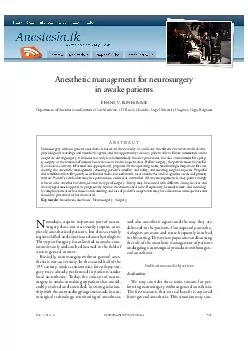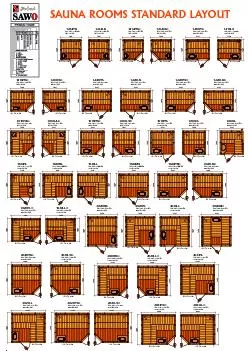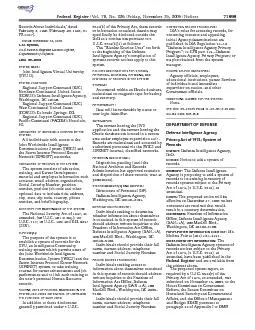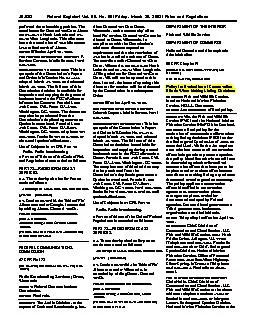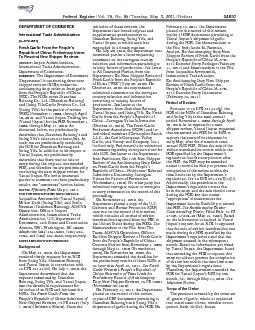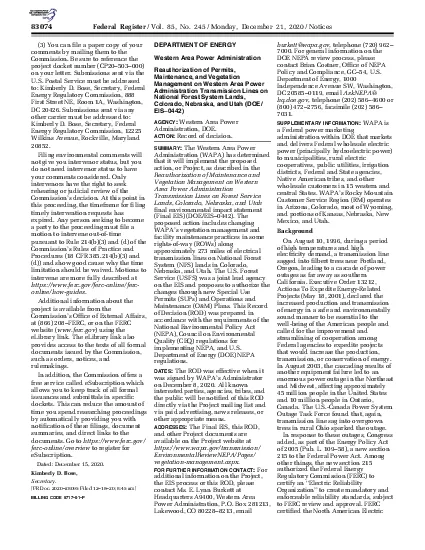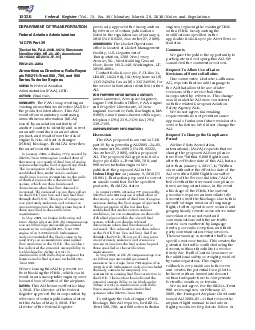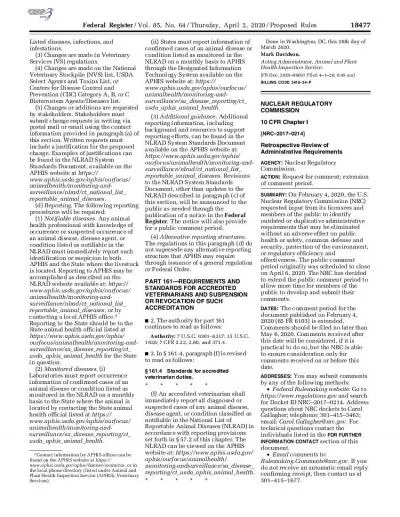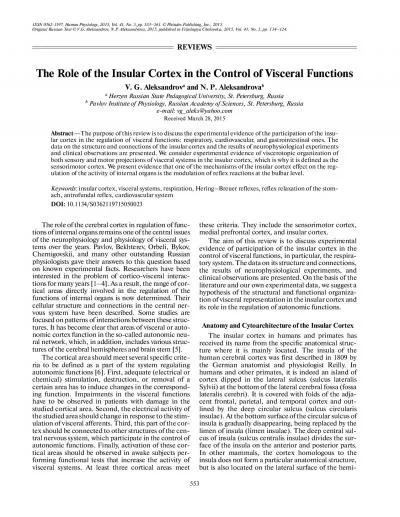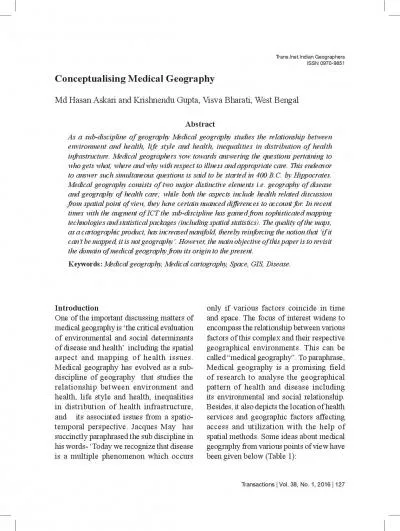PDF-Vol No
Author : briana-ranney | Published Date : 2014-10-27
73 No 10 MINERVA ANESTESIOLOGICA 507 MINERVA ANESTESIOL 20077350712 REVIEW ARTICLE Anesthetic management for neurosurgery in awake patients P HANS V BONHOMME Department
Presentation Embed Code
Download Presentation
Download Presentation The PPT/PDF document "Vol No" is the property of its rightful owner. Permission is granted to download and print the materials on this website for personal, non-commercial use only, and to display it on your personal computer provided you do not modify the materials and that you retain all copyright notices contained in the materials. By downloading content from our website, you accept the terms of this agreement.
Vol No: Transcript
Download Rules Of Document
"Vol No"The content belongs to its owner. You may download and print it for personal use, without modification, and keep all copyright notices. By downloading, you agree to these terms.
Related Documents

